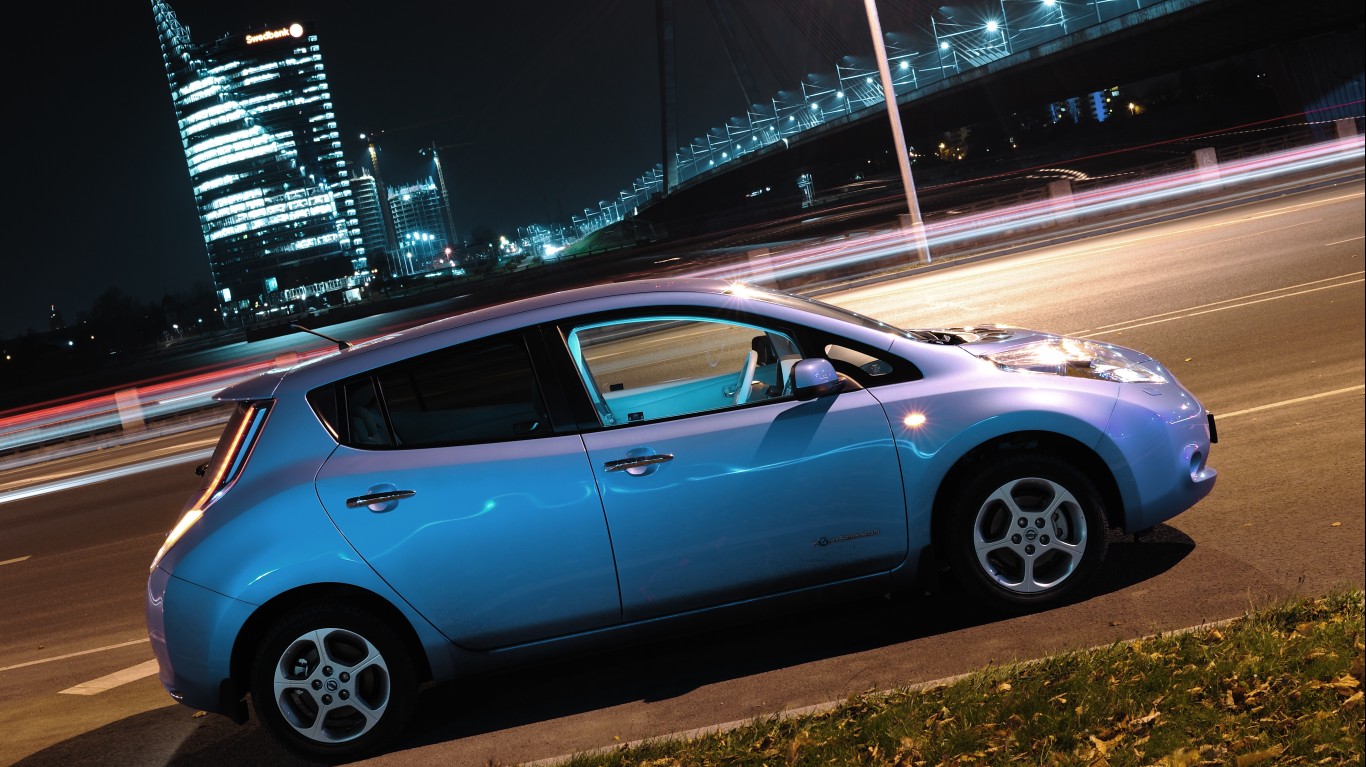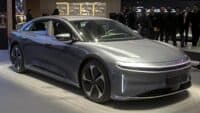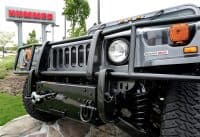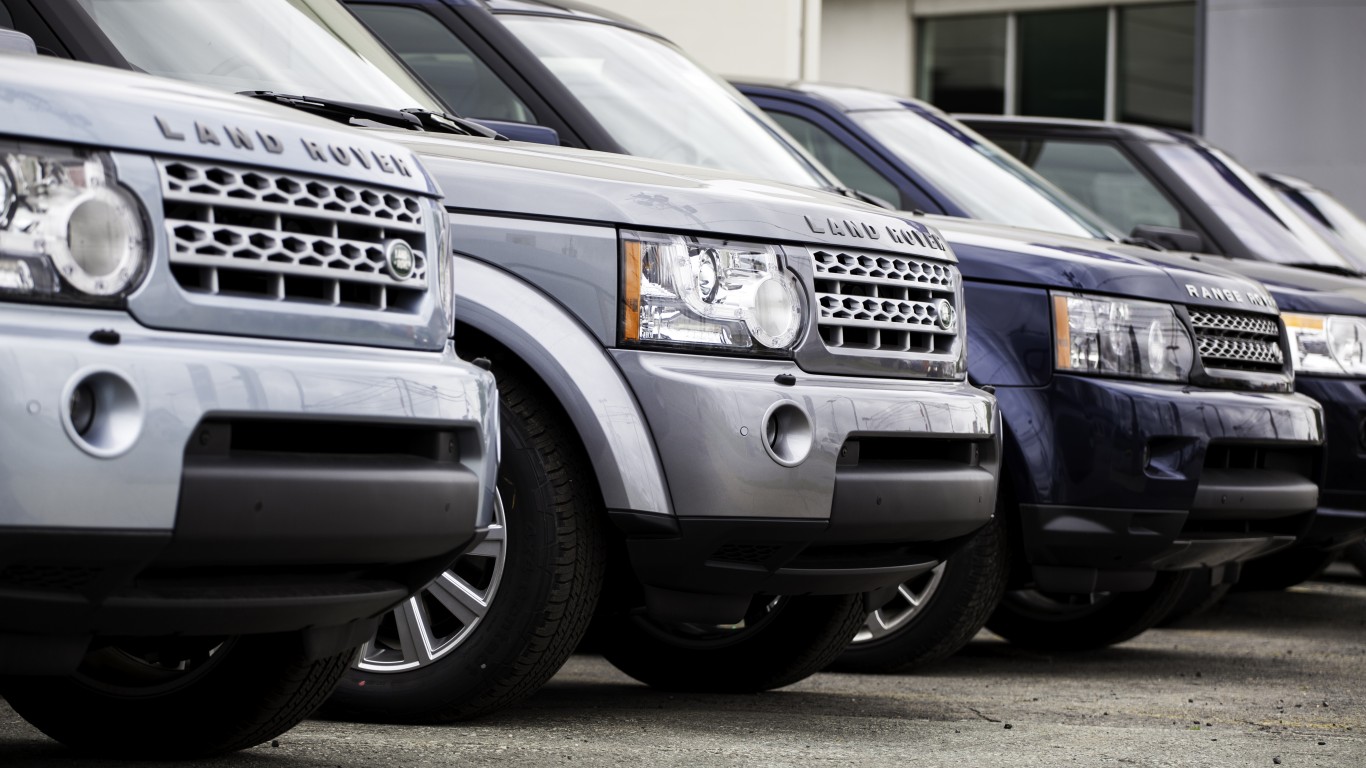
Car prices have skyrocketed in the past year for several reasons. Among them is pent-up demand. Dealerships were closed for weeks, and sometimes months, due to the COVID-19 pandemic. More recently, the supply of cars has plummeted, due in part to a severe shortage of the semiconductors used in car electronics systems. This shortage will not let up until next year. In the meantime, many dealers are nearly empty, and manufacturers have had to shutter some assembly lines.
Another effect of the shortage is that used car prices have surged as well. People who do not want to wait for the latest make and model of the cars they want buy them used instead. Yet, not all cars hold their prices well over time, despite this surge in demand.
For its “Top 10 Cars That Hold Their Value Best: Five-Year-Car Depreciation Across All Vehicle Segments,” research and car sales company iSeeCars reviewed over 8.2 million car sales to identify vehicles from the 2016 model year with the lowest and highest loss in value from manufacturer’s suggested retail price after five years.
iSeeCars Executive Analyst Karl Brauer pointed out:
We’ve seen record high used car prices over the past 15 months as a result of the microchip shortage, and that has slowed down the average depreciation rate across all vehicles. Vehicles that have historically maintained their value well have depreciated even less this past year, but even in today’s market some cars continue to drastically drop in value.
The average across all vehicles considered was a decline of 40.1%
The car with the highest five-year depreciation is the Nissan LEAF at 65.1%. It is the Japanese manufacturer’s small electric-powered car. It has received mostly mediocre reviews from car research organizations and car magazines. It received a score of only 6.5 out of 10 by Car and Driver.
These 20 cars depreciated the most in five years:
| Model | Avg 5-Yr Depreciation | $ Difference |
|---|---|---|
| Nissan LEAF | 65.1% | $23,666 |
| BMW i3 | 63.1% | $32,663 |
| BMW 7 Series | 61.5% | $63,271 |
| Maserati Ghibli | 61.3% | $51,659 |
| BMW X5 | 60.3% | $41,950 |
| Jaguar XF | 59.5% | $38,523 |
| BMW 5 Series | 59.1% | $36,210 |
| Audi A6 | 58.2% | $35,393 |
| Lincoln Navigator L | 57.7% | $44,849 |
| Volvo S60 | 57.3% | $24,956 |
| Mercedes-Benz E-Class | 56.8% | $35,731 |
| Buick Enclave | 56.5% | $28,898 |
| Audi A7 | 56.1% | $43,880 |
| Lincoln Navigator | 55.8% | $42,086 |
| Volvo XC60 | 54.8% | $25,786 |
| Mercedes-Benz S-Class | 54.7% | $67,428 |
| Infiniti QX80 | 54.7% | $42,780 |
| Cadillac Escalade ESV | 54.2% | $52,835 |
| Mercedes-Benz CLS | 53.9% | $44,636 |
| BMW X5 | 53.7% | $35,157 |
Click here to see which is the worst car brand in America.
Travel Cards Are Getting Too Good To Ignore (sponsored)
Credit card companies are pulling out all the stops, with the issuers are offering insane travel rewards and perks.
We’re talking huge sign-up bonuses, points on every purchase, and benefits like lounge access, travel credits, and free hotel nights. For travelers, these rewards can add up to thousands of dollars in flights, upgrades, and luxury experiences every year.
It’s like getting paid to travel — and it’s available to qualified borrowers who know where to look.
We’ve rounded up some of the best travel credit cards on the market. Click here to see the list. Don’t miss these offers — they won’t be this good forever.
Thank you for reading! Have some feedback for us?
Contact the 24/7 Wall St. editorial team.




